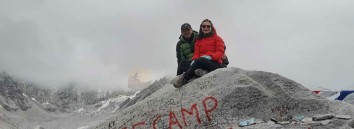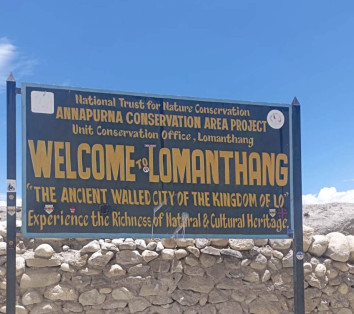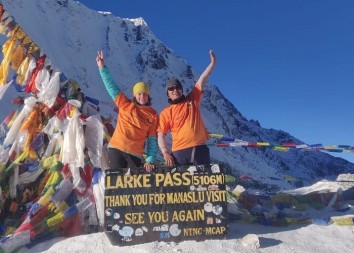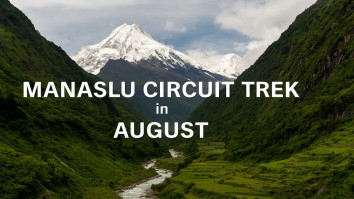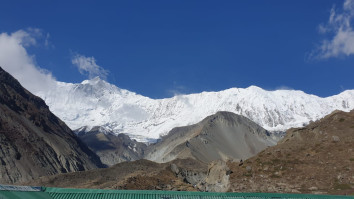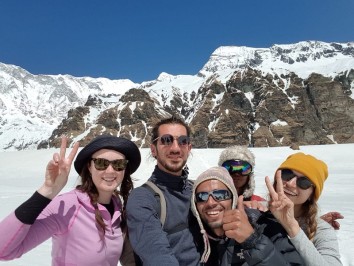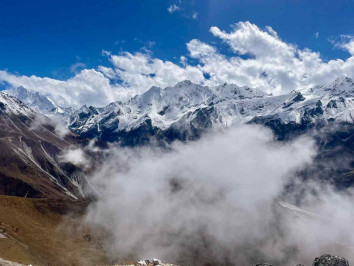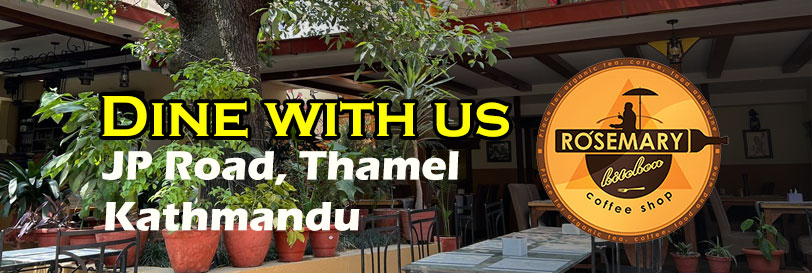List Of 7 UNESCO World Heritage sites inside Kathmandu, Nepal
.jpg)
28th Jan, 2024
- annapurnaencounter
Nestled in the foothills of the majestic Himalayas, the vibrant city of Kathmandu welcomes travelers with its rich history, enchanting culture, and awe-inspiring architecture. This article takes you on a virtual tour of the seven UNESCO World Heritage sites that grace the city, each offering a unique glimpse into Nepal's glorious past. From ancient palaces to reverent temples, these sites are not only a testament to Kathmandu's architectural brilliance but also invaluable treasures of global heritage.
Table of Contents
1. Kathmandu Durbar Square: A Living Museum of History
As we step into Durbar Square, we are instantly transported back in time. This sprawling complex, also known as Basantapur Durbar Square, offers an insight into the country's royal legacy. The intricately carved wooden palaces, ceremonial courtyards, and ancient temples create a mesmerizing setting. Here are some highlights:
The Hanuman Dhoka Palace
The Hanuman Dhoka Palace, with its stone idols and regal architecture, stands as a poignant witness to centuries of Nepalese royalty. The Hanuman Dhoka Palace, the heart of Durbar Square, was once the residence of the Malla and Shah kings. Its exquisite carvings, gilded windows, and stone statues reflect the artistic finesse of Newar artisans. Explore the palace and walk in the footsteps of Nepal's past rulers.
Kumari Ghar: The Living Goddess
Legend has it that within the walls of Kumari Ghar resides a living goddess, chosen through an ancient selection process and worshipped with reverence. Kumari Ghar is an unmissable attraction in Durbar Square. This palatial residence is home to the Kumari, a young girl chosen to be the living incarnation of the Hindu goddess, Taleju. Catch a glimpse of the Kumari during one of her rare public appearances and witness the deep-rooted spirituality of Nepal.
2. Swayambhunath: The All-Seeing Eyes of Kathmandu
Perched on a hilltop overlooking the city, Swayambhunath Stupa, also known as the Monkey Temple, is a spiritual haven with a panoramic view of Kathmandu Valley. This revered site is a melting pot of Buddhism and Hinduism.
The Stupa and its Mystical Aura
As the wind carries the chants of monks mixed with the tinkling of bells, devotees and travelers alike experience an overwhelming sense of peace and spiritual awakening. The main attraction at Swayambhunath is the dazzling white stupa adorned with colorful prayer flags. Ascend the steep steps, accompanied by playful monkeys, and reach the dome-shaped structure. Marvel at the all-seeing eyes of Buddha that watch over the valley, symbolizing wisdom and compassion.
Temples and Shrines
Surrounding the stupa are numerous temples and shrines, each with its distinct personality. Discover the Harati Devi Temple, dedicated to the protector deity of children, or seek blessings at the Padmasambhava Shrine—a celebration of Guru Rinpoche, the founder of Tibetan Buddhism.
3. Pashupatinath: A Sanctuary of Spirituality
Pashupatinath is the most sacred Hindu journey location in Nepal. Within the compound, you can find depictions of Shiva, as well as sculptures, holy places, and sanctuaries devoted to other divine beings. A sanctuary dedicated to Shiva was established at this place in 879 AD. Nevertheless, King Bhupendra Malla built the current sanctuary in 1697. The pagoda-style structure is adorned with a roof plated in gold, doors made of silver, and the finest wood carvings. Guheswori Temple, restored in 1653 AD, symbolizes the female "power." It is devoted to Satidevi, Shiva's first spouse, who surrendered her life in her father's fire ceremony flames. Some other destinations to explore include Rajrajeswori Temple, constructed in 1407, Kailas with lingas over 1400 years old, Gorakhanath temple, and Biswarup's courtyard. Rows of Shiva shrines can be found, and Hindu pilgrims from across South Asia come to offer their respects to Shiva, the God of Destruction.
4. Boudhanath: A Sanctuary for Tibetans
The grandeur of Boudhanath Stupa places it among the largest stupas in all of South Asia. Nestled in Bouddha, a brief ride from the city center, this towering white monument stands at a majestic 36 meters in height.Historically, Boudhanath is believed to have been erected in the 5th century, and the surrounding area is dotted with monasteries, as it has been a haven for devout Buddhists. You'll often spot Buddhist monks, adorned in maroon robes, as they reverently circumambulate the stupa, prayer wheels in hand. The base of the stupa is adorned with numerous smaller stupas.
5. Patan Durbar Square: The City of Fine Arts
This entire square is a group of beautiful pagoda-style temples and stone sculptures. It also serves as the central area for business in the city. At every turn, you encounter a piece of artwork or an representation of a god, demonstrating the incredible talent of the nameless artists in Patan. The stone shrine of Lord Krishna and the Royal Bath, adorned with intricate stone and bronze carvings, are two other exceptional creations in the same vicinity. The temple dedicated to Lord Krishna occupies a prominent position within Patan's palace complex. While its design is not entirely indigenous, it is one of the most exceptional examples of Nepalese temple craftsmanship. This three-story stone temple continues to receive high admiration from art and beauty enthusiasts. The intricate details of this work clearly showcase the advanced level that stone carving art had reached in the sixteenth century.
6. Bhaktapur Durbar Square: Timeless Elegance Preserved
Recent From Travel Guide
.jpg)
18th Jan, 2023
_11zon.jpg)
18th Jan, 2023

18th Jan, 2023

18th Jan, 2023

8th Dec, 2023
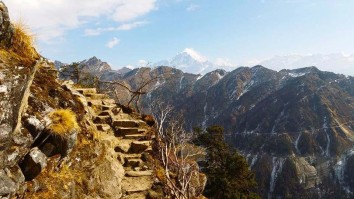
9th Dec, 2023
.jpg)
11th Feb, 2025
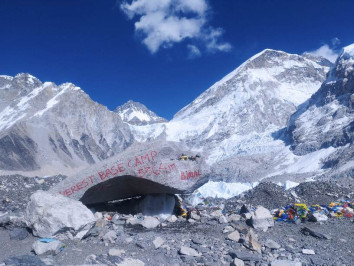
13th Dec, 2023
_11zon.jpg)
18th Dec, 2023
.jpg)
2nd Jan, 2024
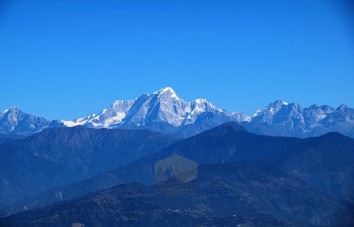
3rd Jan, 2024
_11zon.jpg)
23rd Jun, 2025

24th Jan, 2024
.jpg)
30th Jan, 2024

4th Feb, 2024

5th Feb, 2024
-4.jpg)
6th Feb, 2024

12th Feb, 2024
_11zon.jpg)
18th Feb, 2024
-1.jpg)
7th Mar, 2024

12th Mar, 2024
.jpg)
13th Mar, 2024
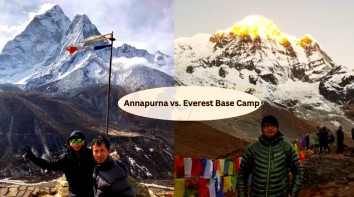
20th Mar, 2024
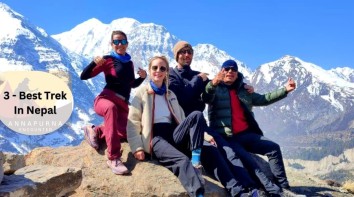
26th Mar, 2024

14th Jan, 2025

14th Jan, 2025
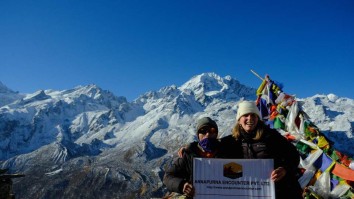
16th Jan, 2025

18th Jan, 2025

20th Jan, 2025

24th Jan, 2025

5th Feb, 2025

5th Feb, 2025
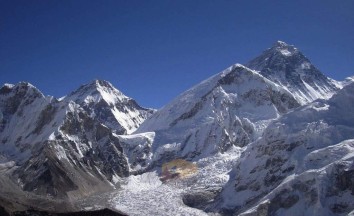
9th Feb, 2025

14th Mar, 2025
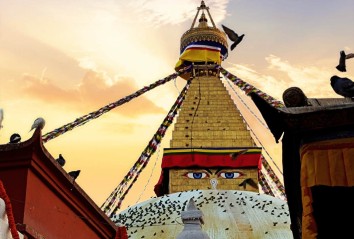
3rd Apr, 2025
.jpg)
11th Apr, 2025

16th Apr, 2025
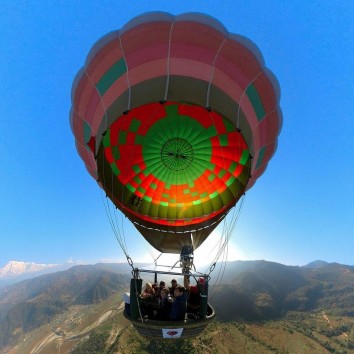
20th Apr, 2025
.jpg)
27th May, 2025
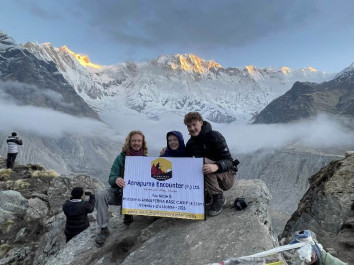
14th Jun, 2025

15th Jun, 2025
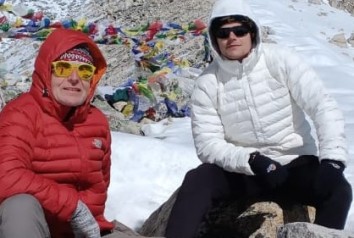
17th Jun, 2025
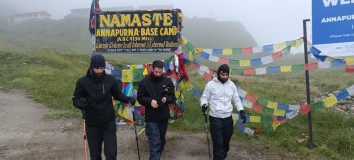
18th Jun, 2025
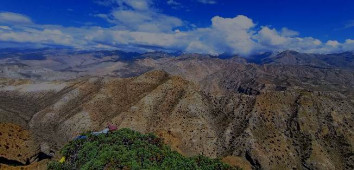
19th Jun, 2025

23rd Jun, 2025
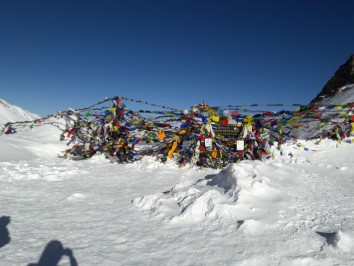
24th Jul, 2025

3rd Sep, 2025

.jpg)

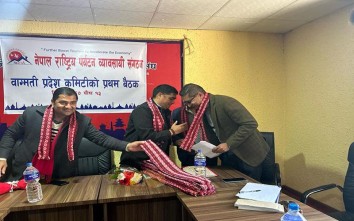
.jpg)
_11zon.jpg)
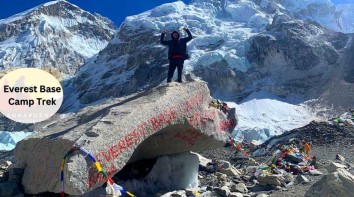
.jpg)
.jpg)
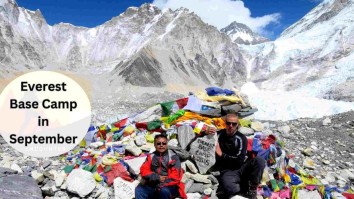
.png)
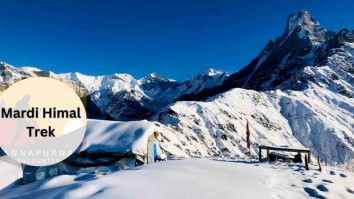
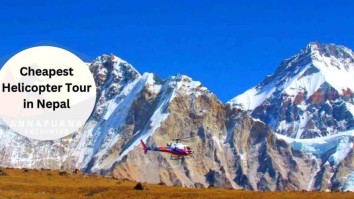
.jpg)
.jpg)
-1.jpg)
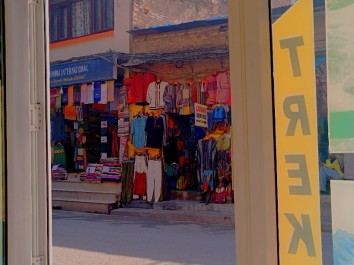
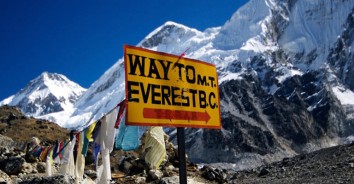
.jpg)
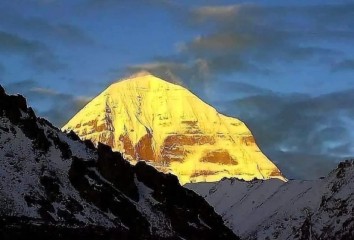
-1.jpg)
